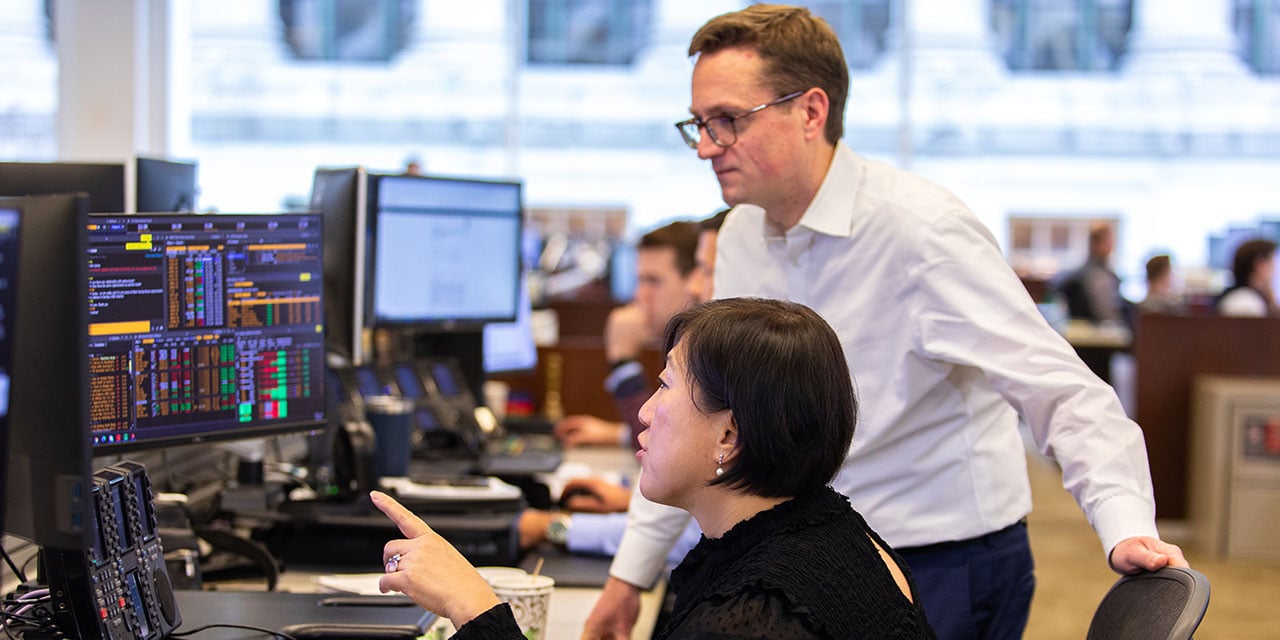Fueling the Social Commerce Engine – Baird Conference Panel
Conferences,Equities,Firm

Social commerce is growing quickly and has captured the attention of consumers and companies alike. The topic was top-of-mind at Baird’s recent Global Consumer, Technology & Services Conference, where the firm convened a panel discussion to explore this compelling, rapidly changing area.
Rob Oliver, Baird’s Senior Research Analyst covering Software & SaaS, moderated the panel, which featured Joe Del Preto, CFO of Sprout Social; Jason Rechel, Sprout Social’s Head of Investor Relations; as well as Colin Sebastian, Baird’s Senior Research Analyst covering Internet and Interactive Entertainment.
Panel Highlights
|
|
The EnvironmentAccording to an Accenture study, global ecommerce conducted directly on social media platforms totaled just under $500 billion in 2021 and is expected to grow to $1.2 trillion by 2025. What’s more, nearly two-thirds of surveyed consumers reported making a social commerce purchase in the last year.
|
Social’s Expanding Use Cases“Rewind five or six years ago, and brands, companies, typically thought about social as a marketing channel. A way to push content,” said Rechel. The use cases are much more varied, and much higher in quantity today. Rechel highlighted Tesco, a UK grocer, that uses Sprout Social’s technology to better understand consumer sentiment on specific products and brands in their stores, such as gluten-free items, and stocks shelves accordingly. The company then filters findings back into their supply chain to manage related logistics. |
|
Closing the LoopFrom a privacy perspective, “There’s a very strong push to create closed loops” in the ecommerce experience, said Sebastian. “How do you create a closed loop environment with first party data? A lot of that great data will come from product searches, clicks, transactions – there’s a strong incentive from the platforms I follow to push social commerce to the forefront. So far, users are responding quite well.” |
|
The Amazon EffectAmazon has set a high standard for social commerce, where the checkout experience currently varies widely from platform to platform. “Companies like Amazon have set that bar so high on what that checkout experience should look like, and what that discovery experience should look like, and that’s what everyone is competing against,” said Del Preto. |
|
TikTok & The Demand for Short-Form VideoDel Preto highlighted TikTok’s momentum from a brand standpoint, noting the appeal of influencers for many brands. Rules related to cookies and targeting in paid digital advertising are also prompting many brands to consider TikTok as a new path to reach consumers in an organic way. As such, short-form video is in very high demand – but many brands lack the in-house talent to act on it. As Del Preto shared, “It’s high priority, but low experience levels as far as how good they are at doing it.” He said many brands will need to decide if they want to bring this function in-house or rely on outside talent, such as influencers, to attain short-form video for their channels. |
|
Ecommerce is Hard – But Complexity = OpportunityAs Rechel said, “Over the last 10 years, we as consumers have used social for product discovery… now the social platforms have a motivation to make social not just the place of product discovery, but the place where transactions happen – the idea of moving from the showroom to the cash register.” But to make this happen, brands now must to build tools and capabilities market pre-sale and support customer engagement post-sale. Sebastian said from the consumer’s perspective, social commerce means social channels feel more like online marketplaces – and in turn, companies now need to have customer service, you need to have fraud detection, and payments, and return capabilities. “Ecommerce is really hard. There’s a lot of complexity. There’s lots of great opportunities for other companies to help out the social platforms with that. |
Baird Panelists
Related Links

Baird's equity capital markets conferences unite institutional and private equity investors, portfolio managers and buy-side analysts with senior leaders from top companies in targeted sectors.


